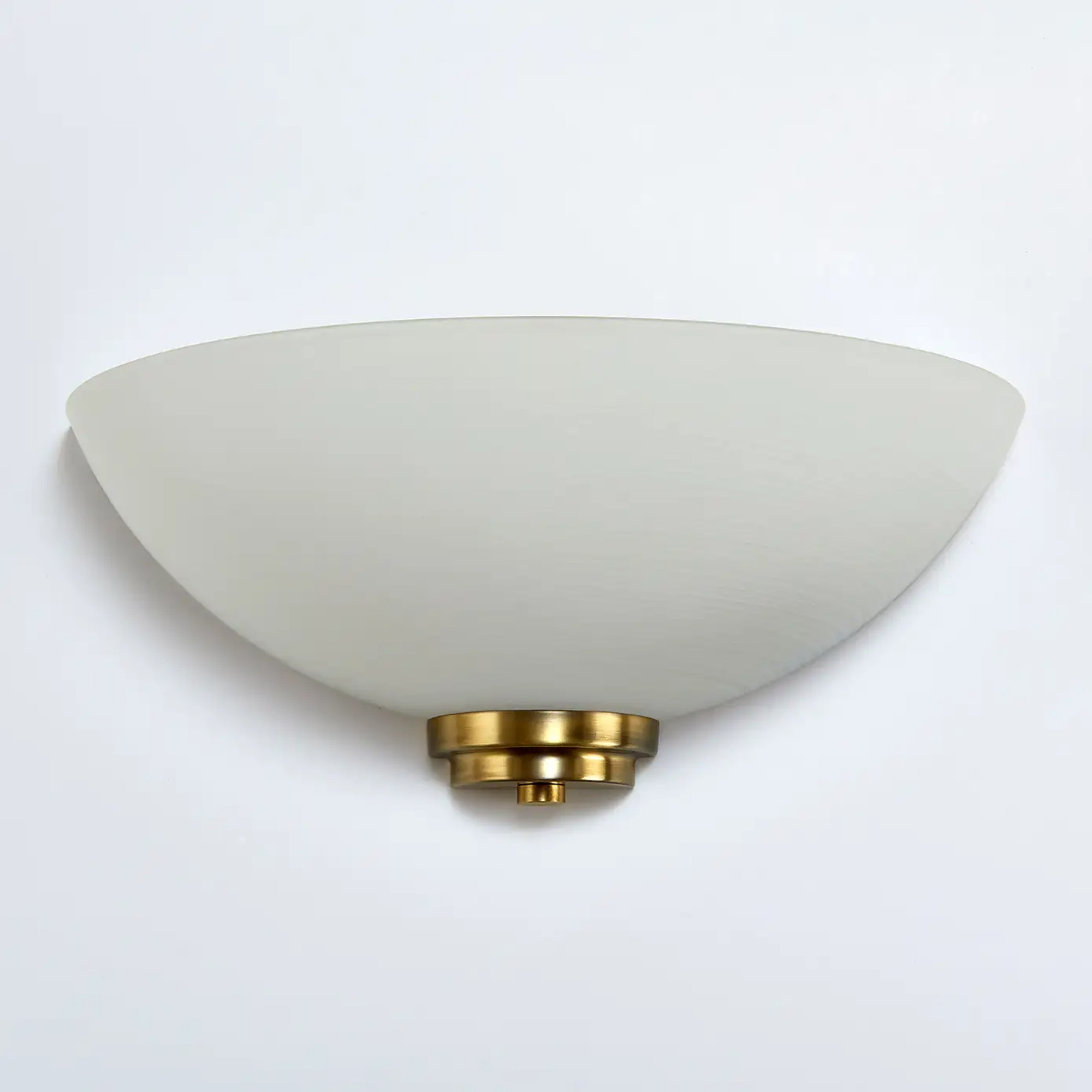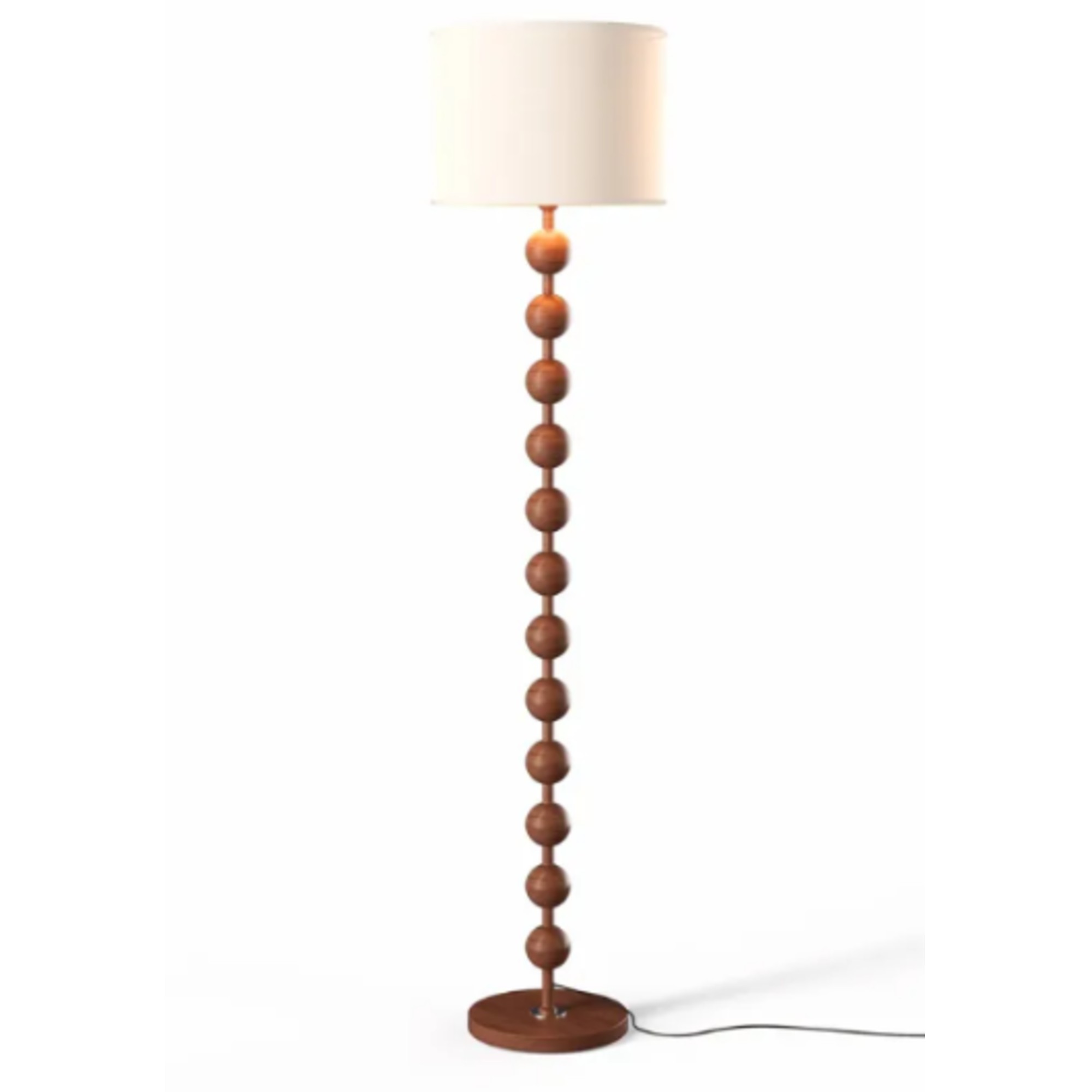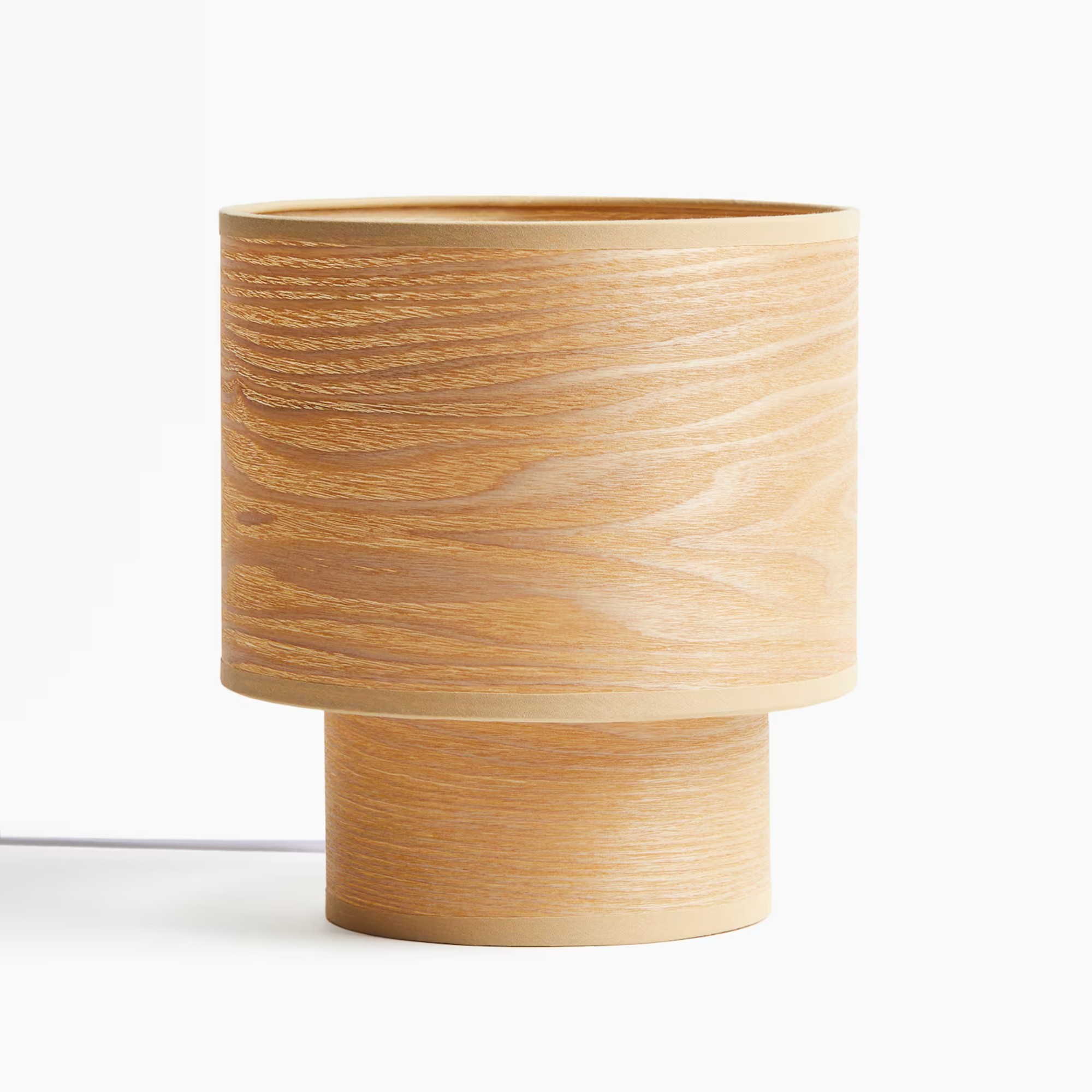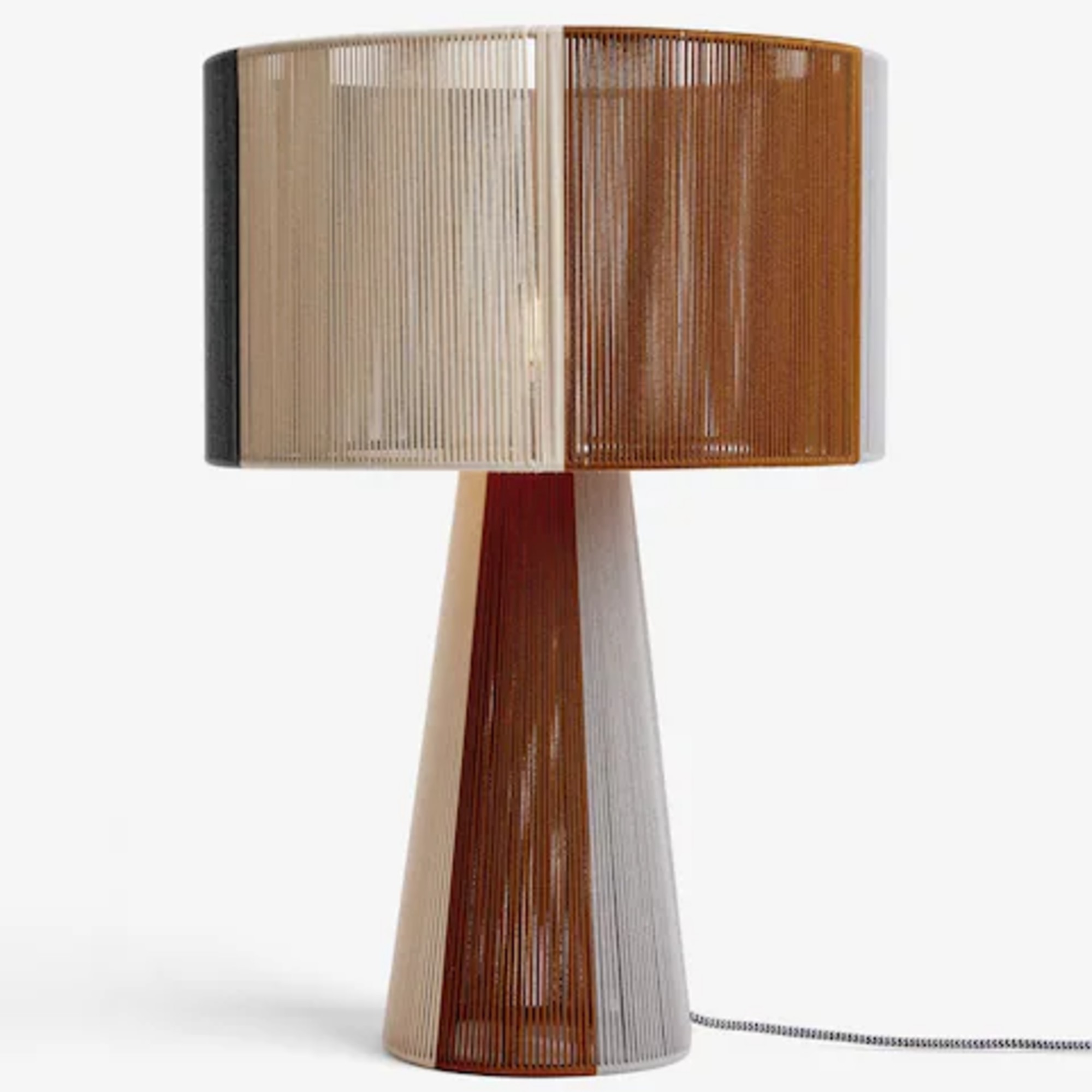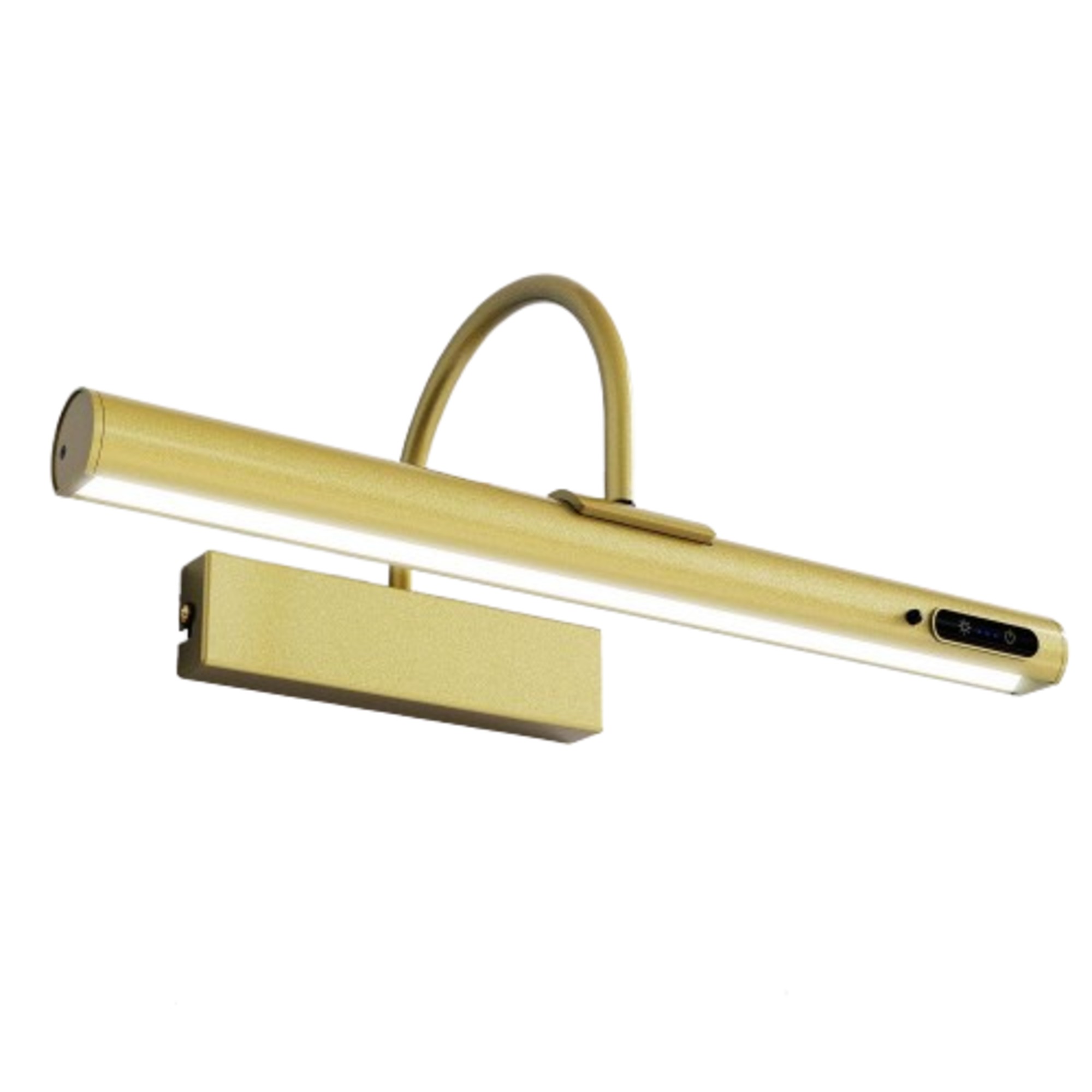5 affordable ways to make your living room lighting look much more expensive than it actually is
How to elevate your living room lighting – experts share top tips to level up your lighting game without breaking the bank
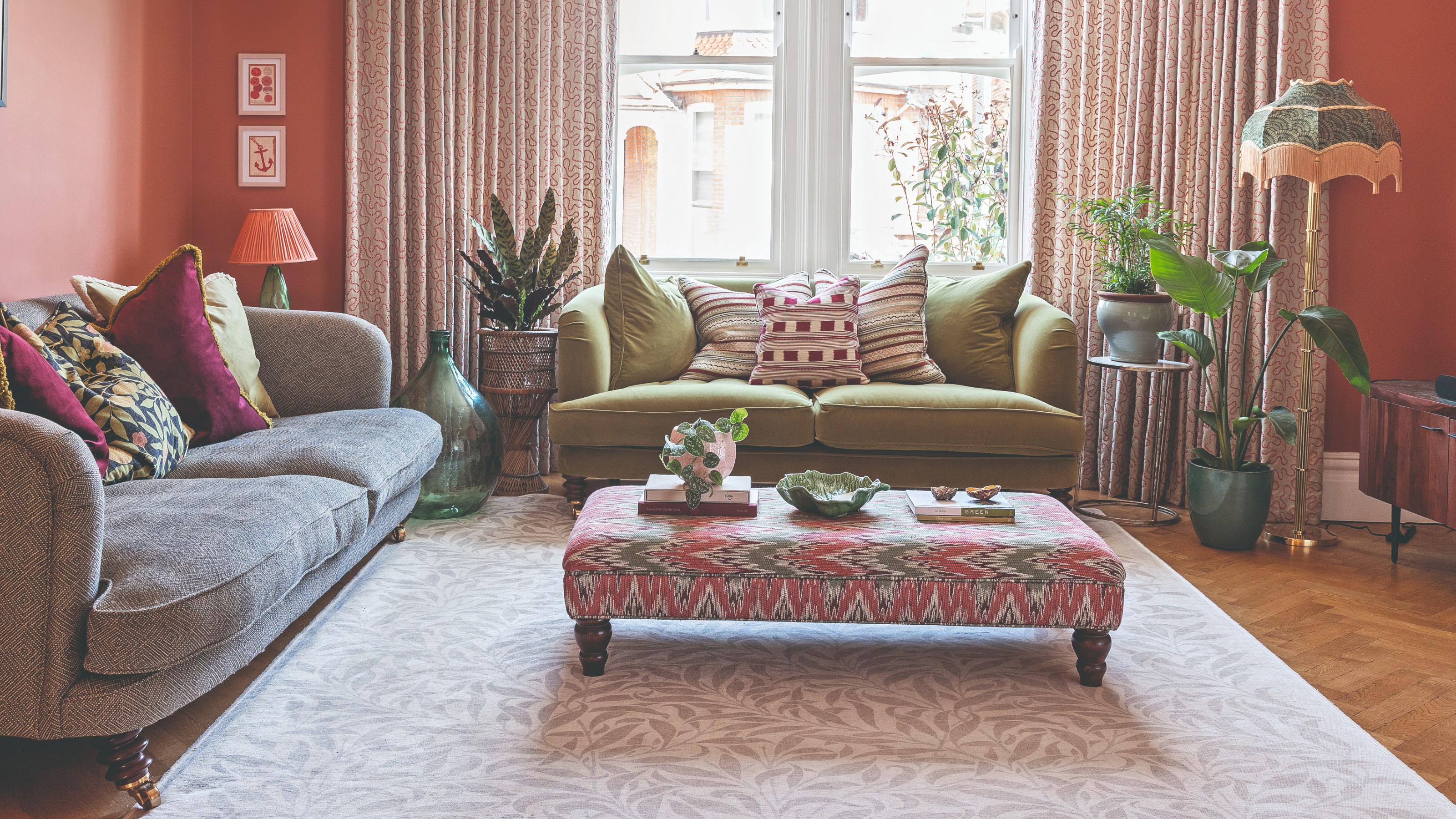

The fact that lighting is having a major moment is undeniable at this point – there are so many stylish lamps and chic light fixtures available on the market for every budget.
This is especially true when it comes to the living room where lighting can really elevate the space, that is if you know how to approach it and how to make living room lighting look expensive.
But if you’re not quite sure what living room lighting ideas to incorporate into your space and how to create a luxe-looking yet personable finish and feel without having to spend a lot of money, don’t fret. This guide to making your living room lighting look more expensive is perfect for you.
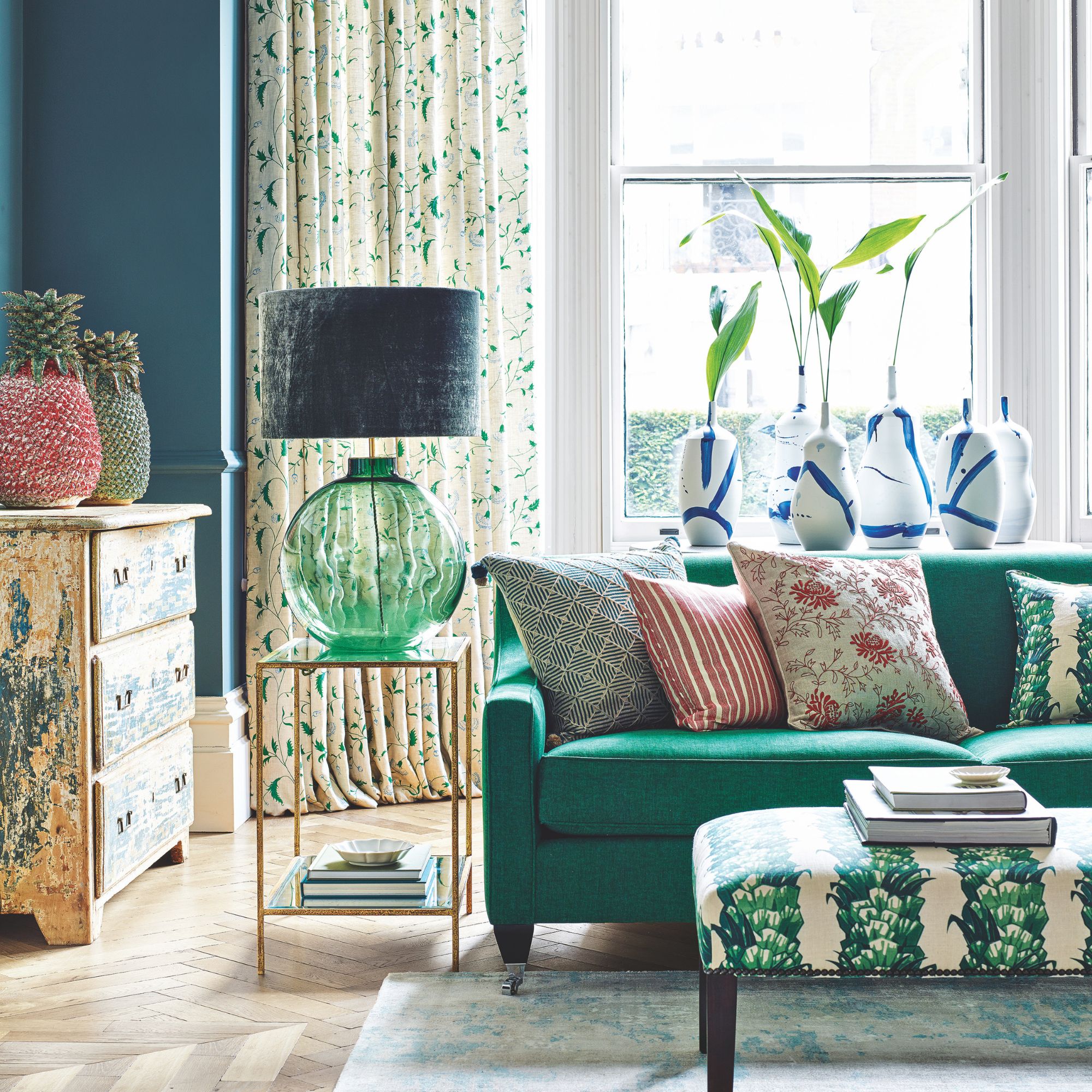
I’ve asked lighting experts to give me their advice on the dos and don’ts of achieving expensive-looking living room lighting, so that you can avoid making any living room lighting mistakes.
But I currently also have a little bit of an obsession with lighting and am eyeing several H&M table lamps despite not having any more space in my home – and I can 100% get behind every single one of their tips.
‘We’ve definitely seen a shift in how consumers think about lighting – particularly in the living room,’ says Julian Page, head of design at BHS. ‘It’s no longer just a functional afterthought; lighting has become a design feature in its own right.'
'Over the last couple of years, as people have spent more time at home, there's been a growing understanding of how lighting shapes mood, defines zones, and elevates overall aesthetics.’
Sign up to our newsletter for style inspiration, real homes, project and garden advice and shopping know-how
1. Layer your lighting
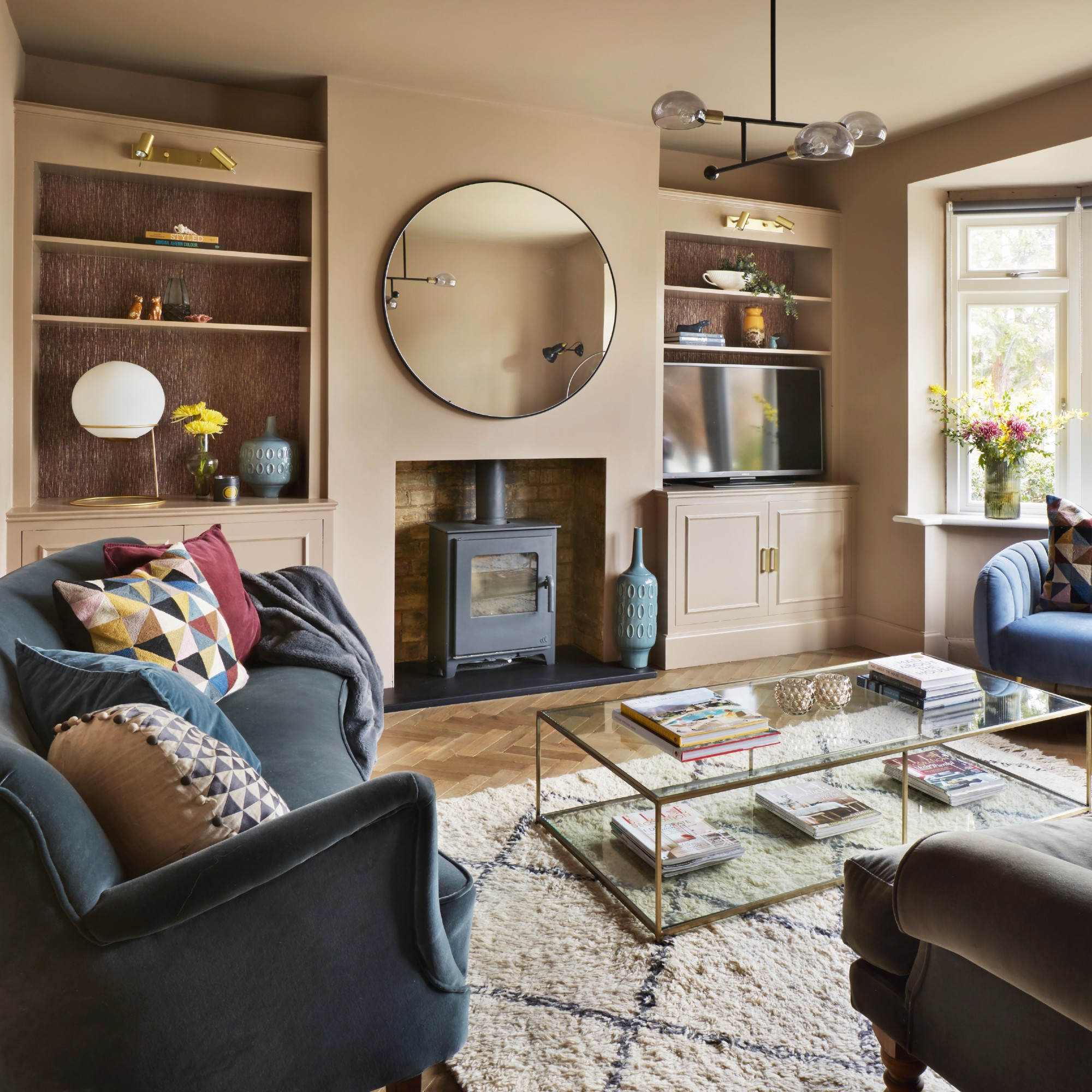
One of the biggest lighting trends of not only just this year but the last couple of years has been a layered approach to lighting, especially in living spaces. But this is actually a timeless method of making living room lighting look more elevated and expensive that experts and interior designers have been using for years – however, it’s become more widely popular in the last two years or so.
‘To make living room lighting look more expensive without a large spend, it’s all about layering,' explains Julian at BHS.Start with a statement piece like a sculptural floor or ceiling light. Then build in smaller touches: wall lights or table lamps placed at varying heights create depth and softness, which instantly feels more considered.'
Be very intentional with your lamp and light fixture choices, as well as their placement and the total number, as there is the perfect amount of how many light sources you should have in the living room. It’s easy to go overboard so exercise self control and create a very curated selection of lighting for your lounge.
‘Avoid overcrowding the space with numerous smaller light fixtures, it can make the room feel chaotic and less refined,’ says Matthew Currington, technical director at The Lighting Superstore.
2. Go for varied textures
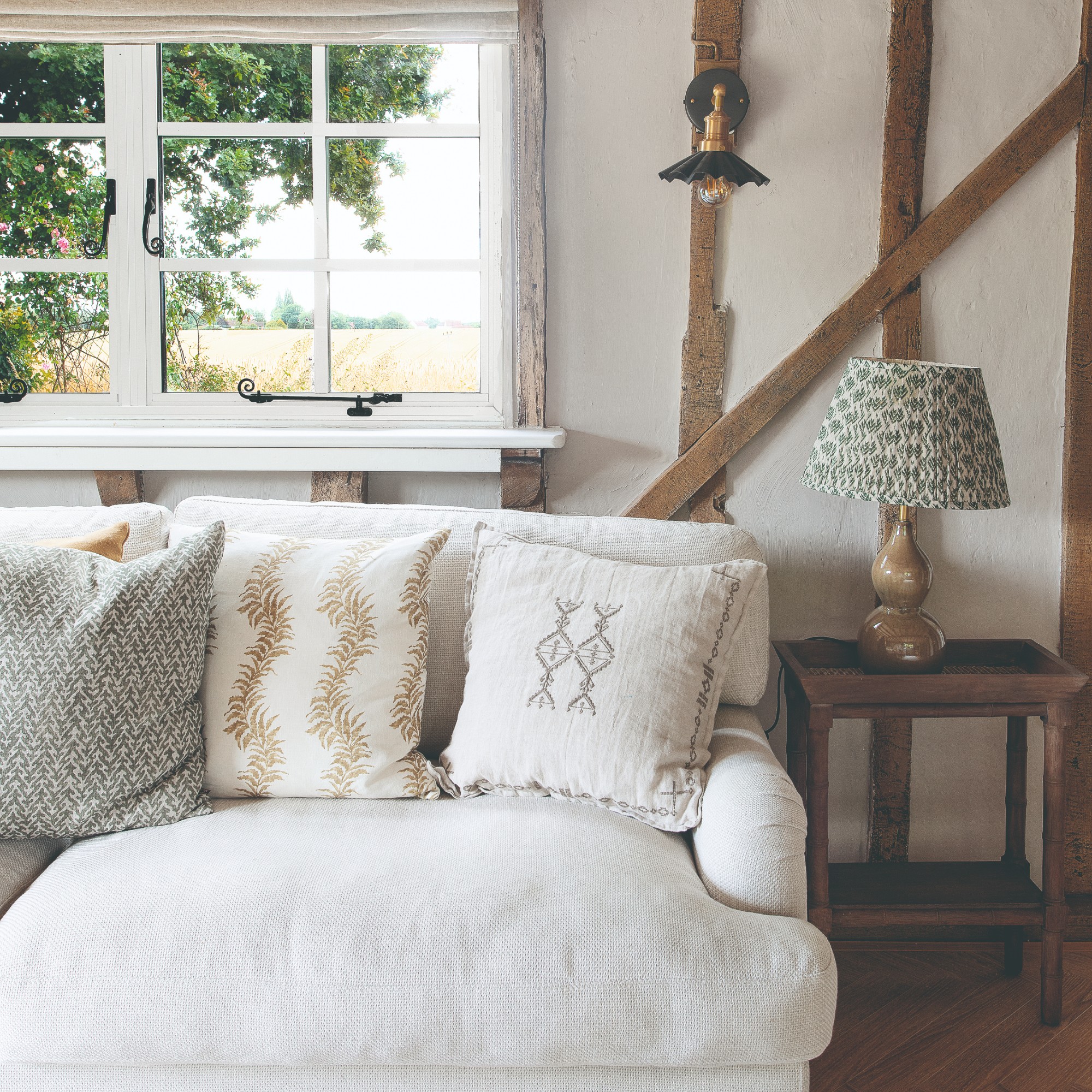
As per the previous tip, when selecting the various lamps you’ll be incorporating into your living room lighting scheme, don’t go for designs that are overly match-matchy and instead, go for varied textures and finishes that, of course, still go well together.
Julian at BHS recommends looking for ‘something with an interesting texture, such as brass, matt black or smoked glass. If you're aiming for an elevated look, we’d recommend avoiding anything too coordinated. This can flatten the room and make it feel less dynamic.'
'Instead, choose a few different lighting styles that complement one another without being identical – this creates a layered, design-led look that feels much more high-end.’
3. Opt for warm, dimmable light bulbs
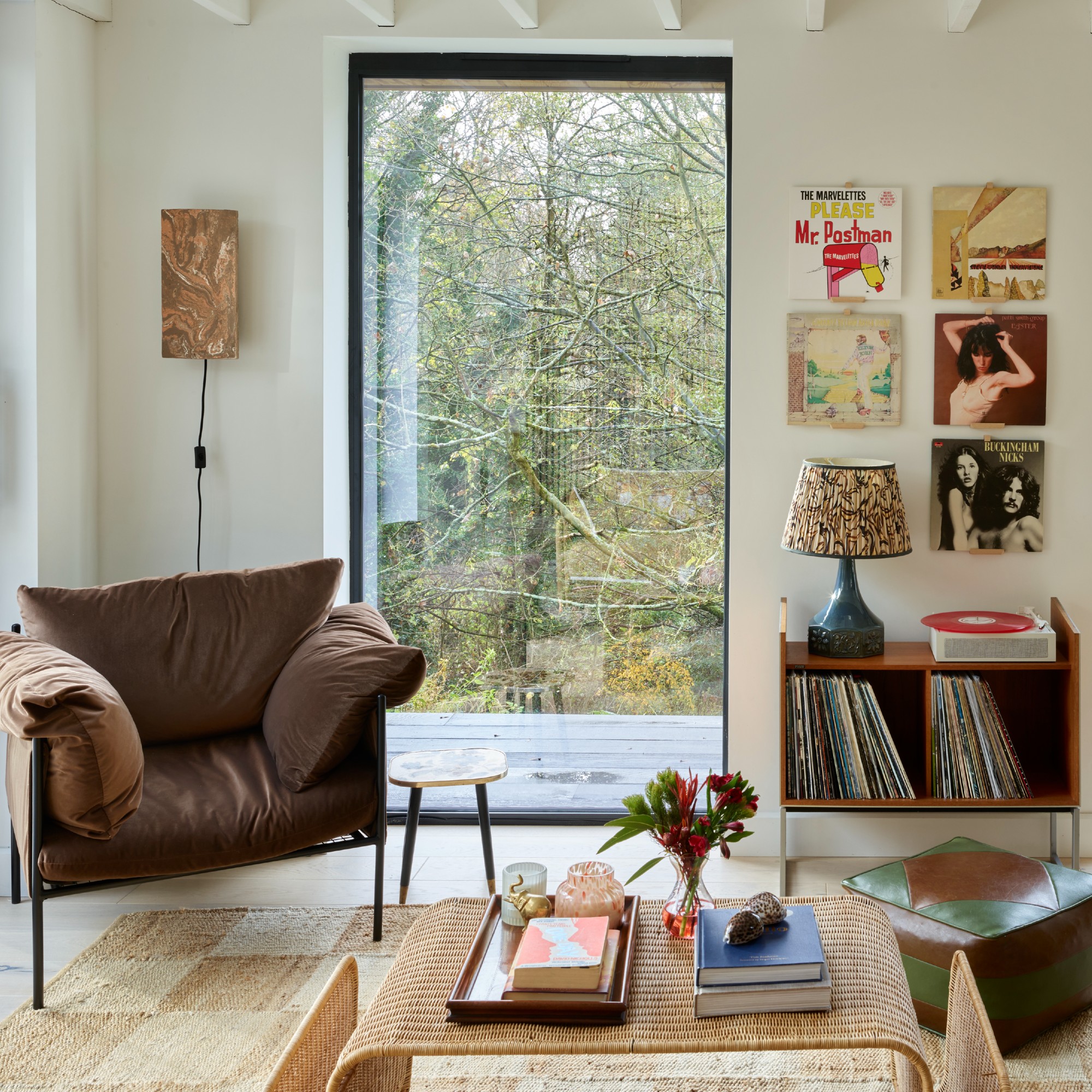
When picking out light bulbs and the light tone for pretty much any room in your home, it’s best to always opt for warm lighting over anything cold and bright as the former will look and feel cosy, while the latter will likely come across as harsh and sterile. And the living room is no exception.
‘Harsh and cold bright lights deplete the sense of luxury as it’s typically associated with functional spaces such as public toilets or offices,' says Matthew at The Lighting Superstore. 'It also tends to highlight the angular and restrictive corners of a room - particularly smaller ones - making them feel boxy.'
'Warm, yellow lighting immediately brings ambience to a room, making it a more welcoming place to rest and relax. It does this by softening harsh contrasts and removing dark shadows in corners with pleasantly diffused lighting,’
But if you want to really hit the nail on the head and make sure you can always create a luxurious atmosphere, investing in warm light bulbs with a dimmer function like this set from Amazon is the best way to go.
‘Remember to choose light bulbs and light fixtures that have dimmable functionality, giving you the option to deepen the ambience and sense of luxury,’ adds Matthew.
4. Consider scale
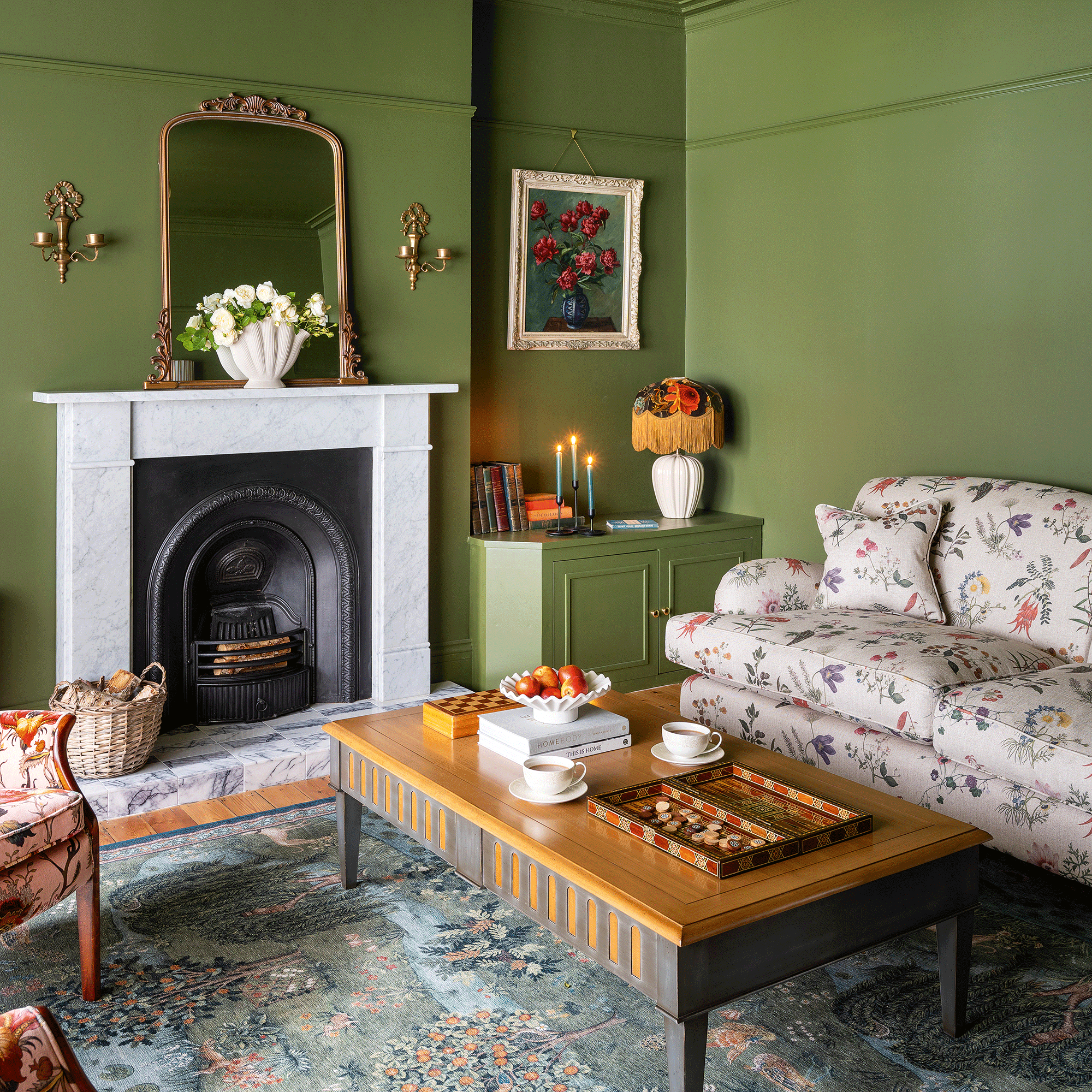
Getting the right size of lamps and light fittings, given the amount of space you’re working with is another crucial element that you need to get right – otherwise your light is going to look out of place. That’s especially true if it’s too big for your small living room.
‘If you want to make your space feel bigger and more luxurious, you might be tempted to buy expensive and decadent lighting fixtures,' says Matthew. 'But large, extravagant lighting can make a small room feel even more cramped.'
'Investing in minimalist sleek lighting fixtures that effectively distribute light will help the space feel brighter and more open.'
5. Incorporate upward lighting
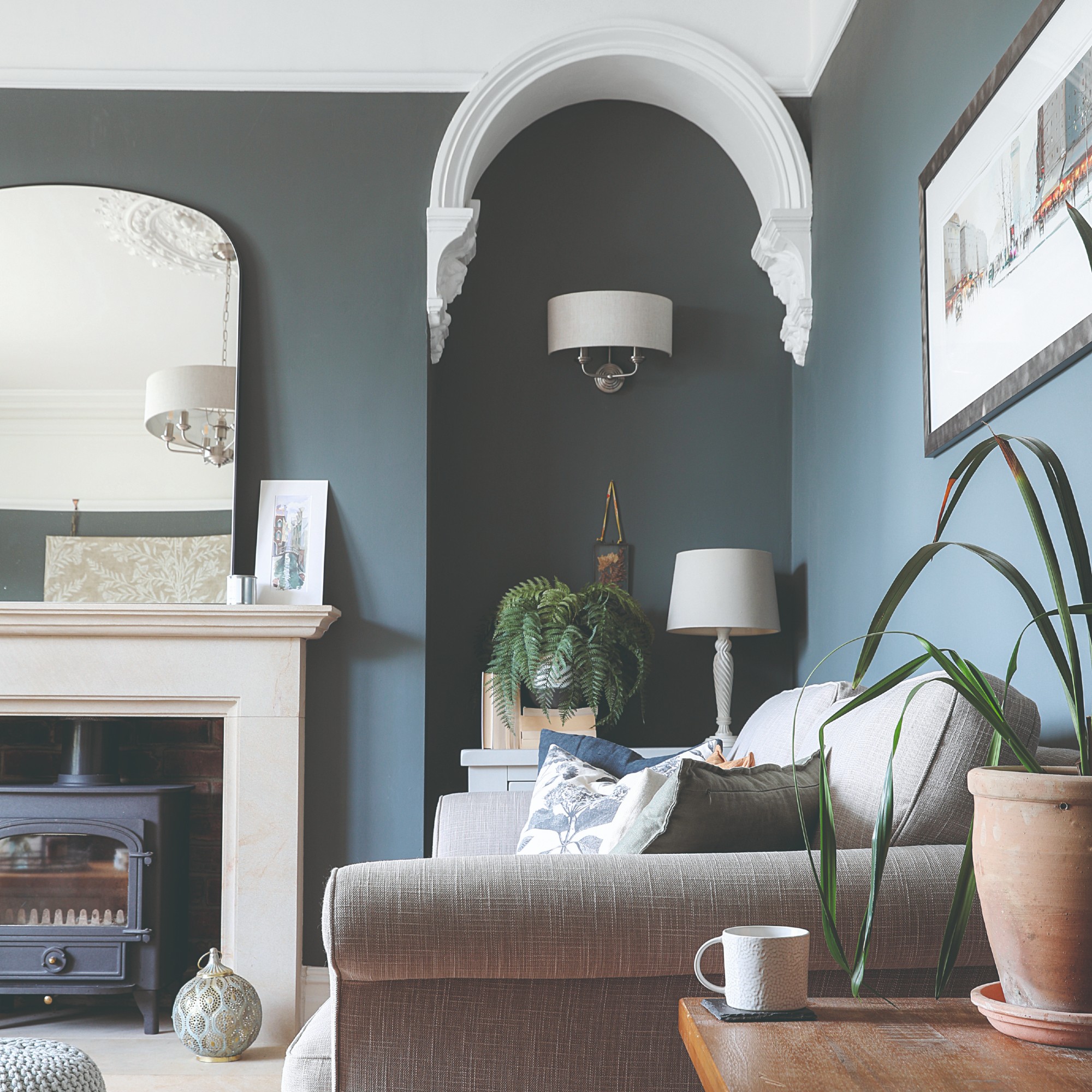
Lighting is not only a great tool to make your living space look more expensive, but also to make it appear bigger and taller.
‘Lighting can bring elegance and a feeling of opulence to any home through its ability to influence perceptions of depth and height bringing a luxuriant ambience,’ Matthew at The Lighting Superstore says.
And if that’s something you’re also interested in then investing in upward-facing lighting is the perfect way to go.
‘The strategic placement of upward lighting visually lifts the ceiling of a room by drawing the eyes upwards, giving the sense of a taller ceiling and bringing a heightened sense of luxury,' says Matthew.
This is particularly effective in smaller spaces. Wall sconces with an upside-down shade are ideal, as they direct light upwards.' This makes something like the Vogue Welles Frosted Glass Wall Light at Dunelm the perfect thing to add to your living room walls.
My top lighting picks
So with a few simple tweaks you should be able to make your living room lighting look expensive - no matter what bargain you managed to snap it up for!

Sara Hesikova has been a Content Editor at Ideal Home since June 2024, starting at the title as a News Writer in July 2023. She is now also the Ideal Home Certified Expert in Training on Furniture, and so far has tested over 150 different sofas.
Graduating from London College of Fashion with a bachelor’s degree in fashion journalism in 2016, she got her start in niche fashion and lifestyle magazines like Glass and Alvar as a writer and editor before making the leap into interiors, working with the likes of 91 Magazine and copywriting for luxury bed linen brand Yves Delorme among others.
